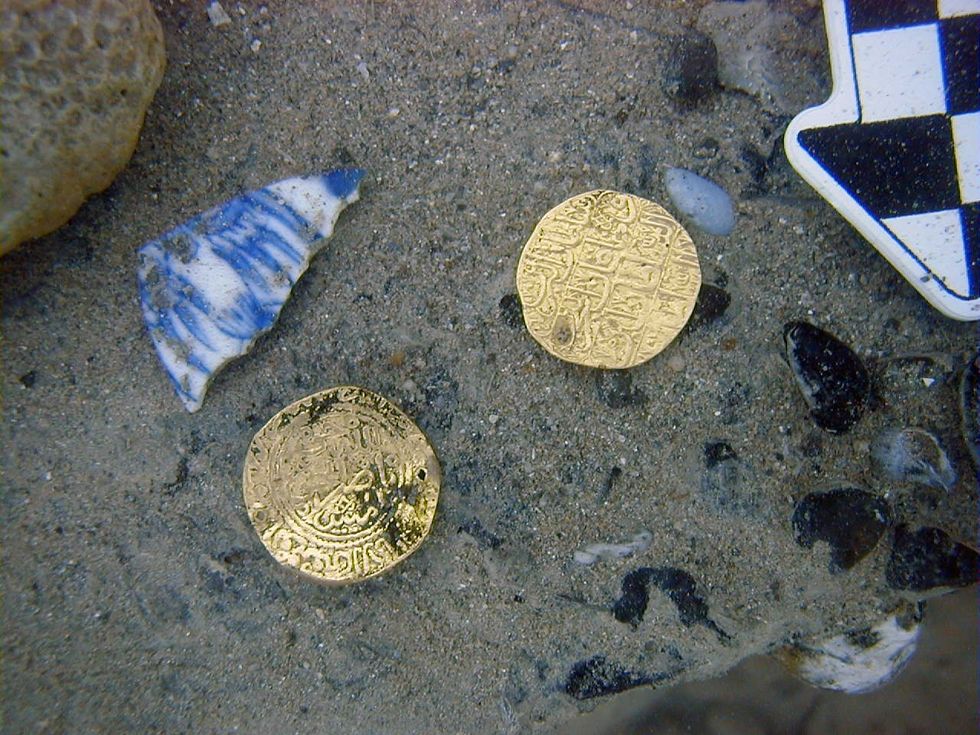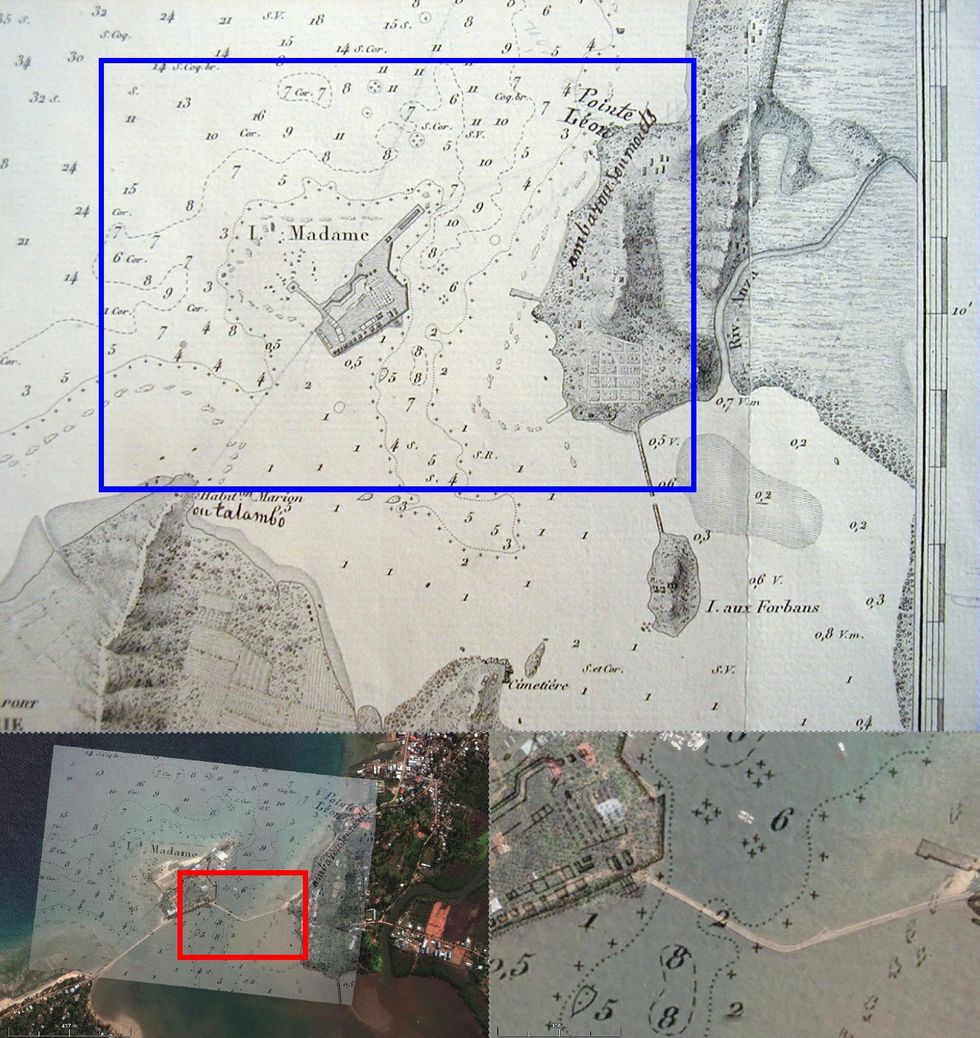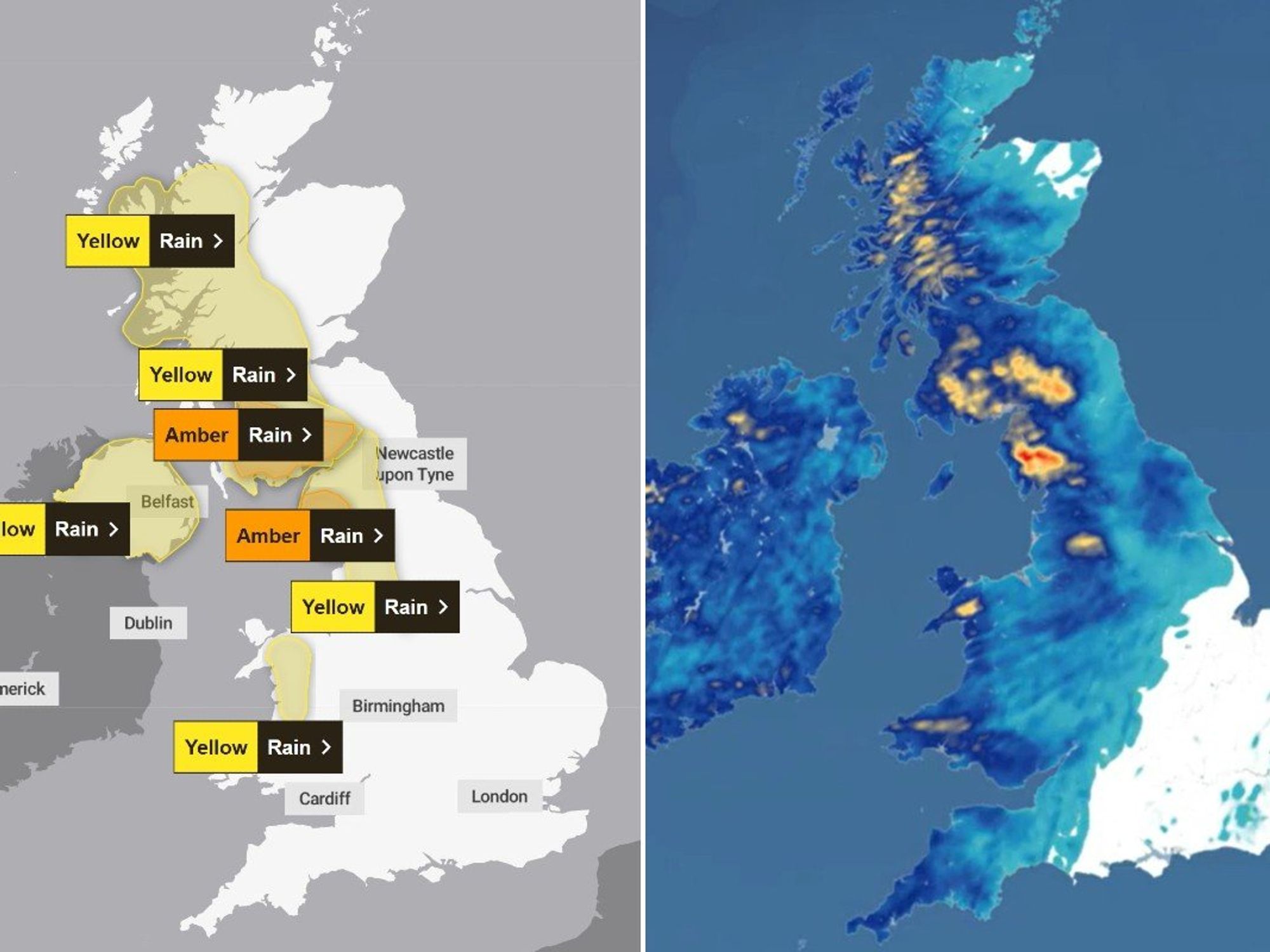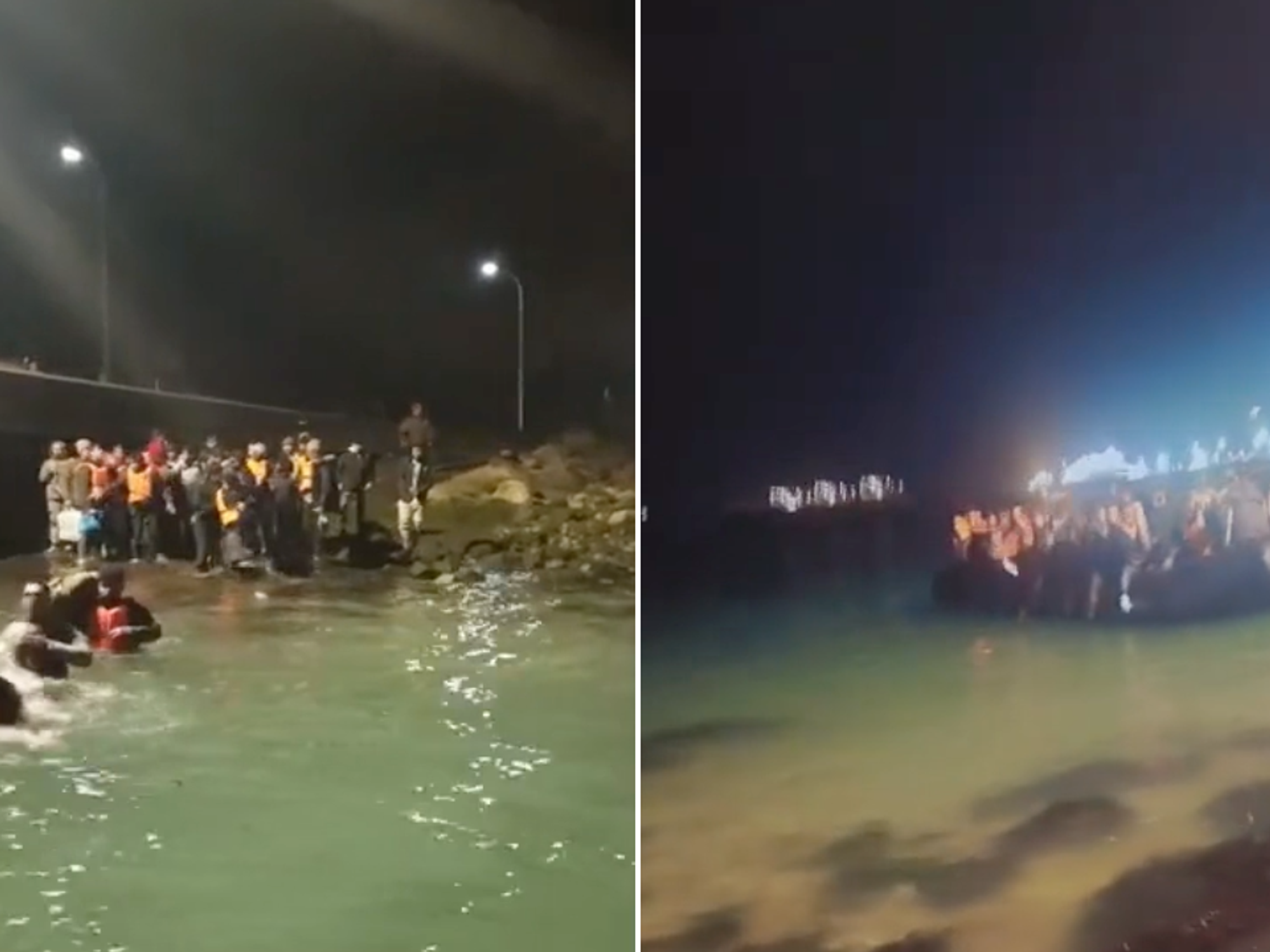Mystery shipwreck found off African coast could hold £100MILLION treasure trove

Researchers believe remains were from a famous Portuguese galleon seized by pirates in 1721
Don't Miss
Most Read
Trending on GB News
A pirate shipwreck found off the coast of Madagascar could hold the key to a £100million treasure trove.
A new study has been published by Center for Historic Shipwreck Preservation researchers who have looked into the contents of a wreck in the small island of Nosy Boraha otherwise known as Ile Sainte-Marie.
The shipwreck, discovered in a small bay, was once a hide-out of the 18th-century pirates, Frenchman Oliver Levasseur and Englishman John Taylor.
The researches believe the remains of a discovered ship in the 1990s was that of Portuguese treasure galleon Nossa Senhora do Cabo, which was seized while carrying a cargo from India back in 1721.
Lead researcher Brandon Clifford said it was one of the wealthiest pirate thefts in history.
On board the galleon were a Portuguese royal official, the Archbishop of Goa and 200 slaves.
A royal fortune in gold and pearls along with holy artefacts were also on the ship.
The official was eventually released after the Portuguese Government paid a hefty ransom.
LATEST DEVELOPMENTS

Gold coins and fragments found at the wreck site
| SHIPWRECK CENTERWhat happened to the Archbishop and slaves remains unknown - much of the same with the almost all of the treasure.
The ship was refurbished into Lavasseur's flagship.
Even after retiring from piracy, Levasseur, also known as La Buse or The Buzzard, refused to surrender his treasure.
He was arrested in 1729.

Maps showing the archaeological survey area near Îlot Madame within Ambodifotatra Bay.
|SHIPWRECK CENTER
Levasseur is claimed to have told his jailer that his hidden treasure "not far from here ... could buy the entire island".
"Find my treasure he who can," he shouted as he threw an encrypted document into the crowd.
Attempts at deciphering the cryptogram still remain unsuccessful.
The cabo ship was initially built as a dutch warship, however, it was repurposed as a heavily armed Portuguese treasure galleon.
In 1721 it encountered a torrential storm en route to Lisbon in Portugal from the port of Goa in India.
Accounts from the time suggested heavy weather saw it find refuge at Reunion Island.
In attempts to repair the ship, Levasseur and Taylor had arrived and the ship was seized.
The ship, crew and passengers were taken to Îlot Madame where the loot was divided between the pirates, according to the study.
"Levasseur reportedly (took) the famed Flaming Cross of Goa," the study states.
"(He also took) a massive gold artefact encrusted with previous stones that took three men to carry."
Researchers said their "interpretation of the site as Cabo" overturned contradictory accounts about the fate of the vessel.
"For example, one account reports how the ship was wrecked at Cape Amber," the researchers said.
"Rather, our investigations align with competing recollections that (indicate) the vessel was eventually abandoned, and likely partially burned, at Sainte-Marie."
More From GB News











